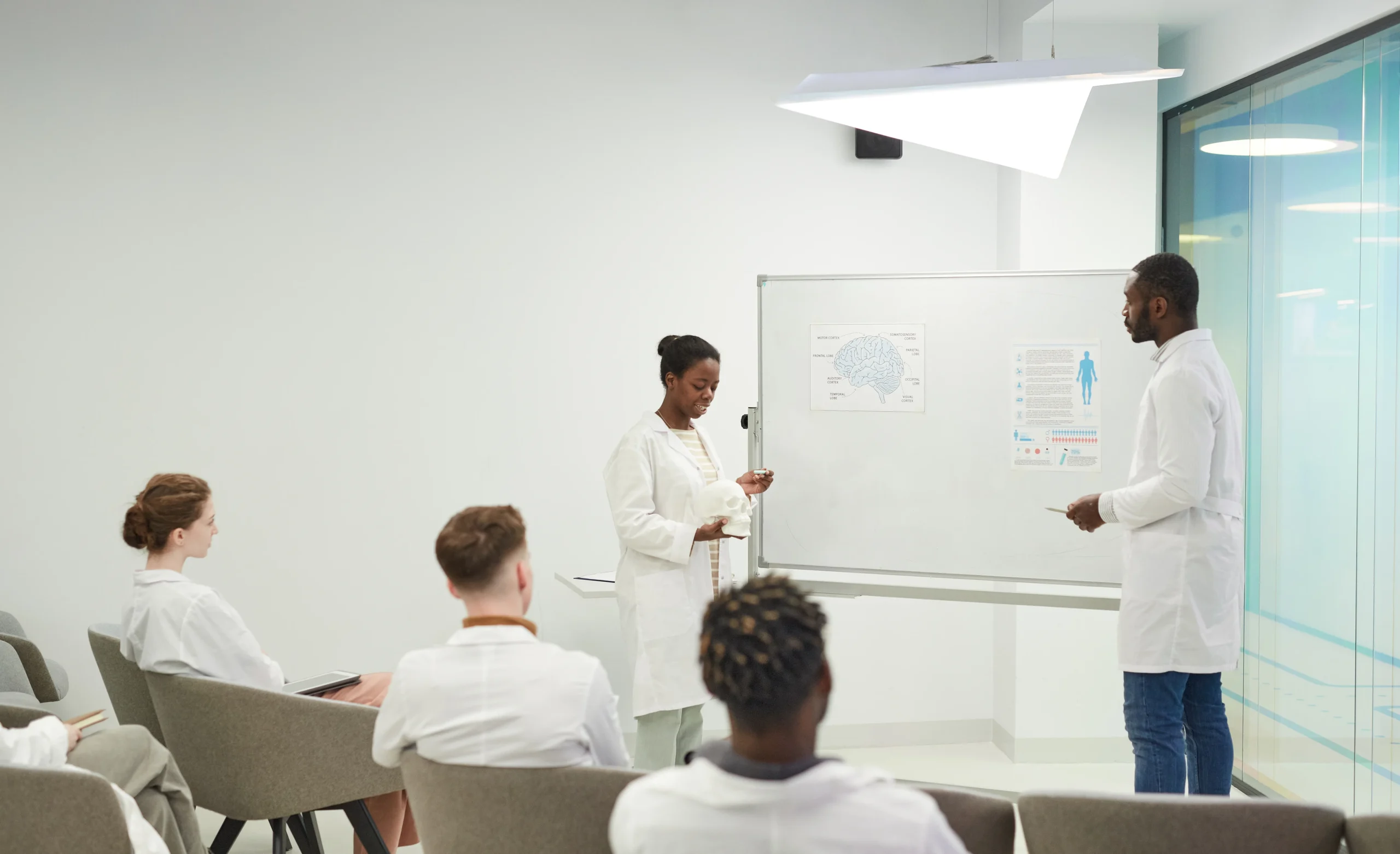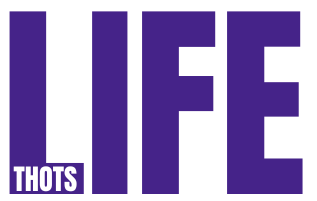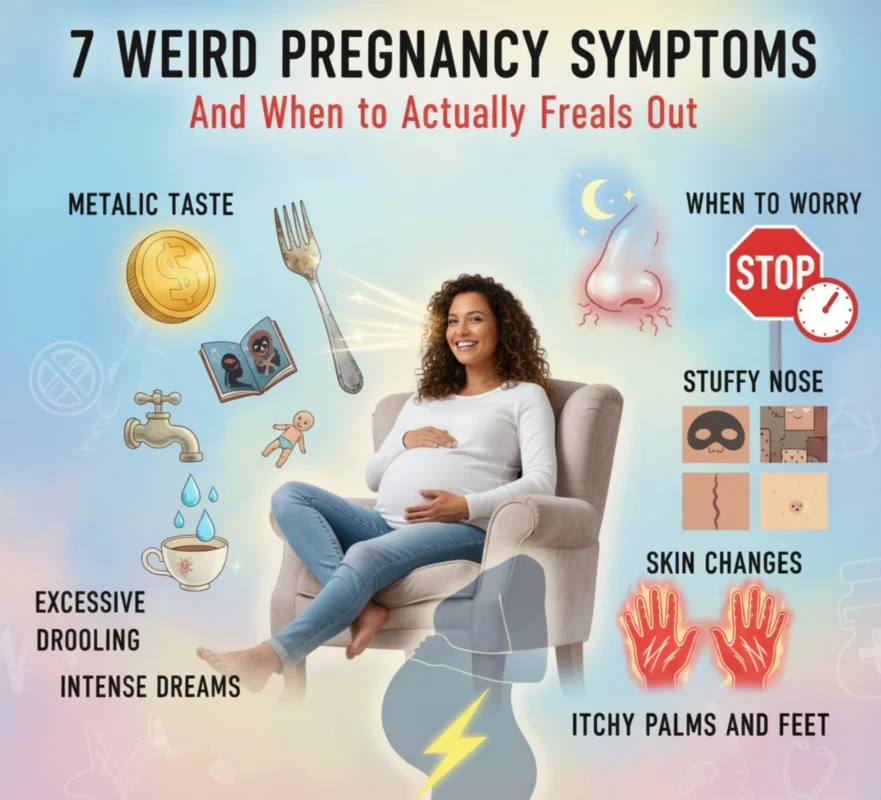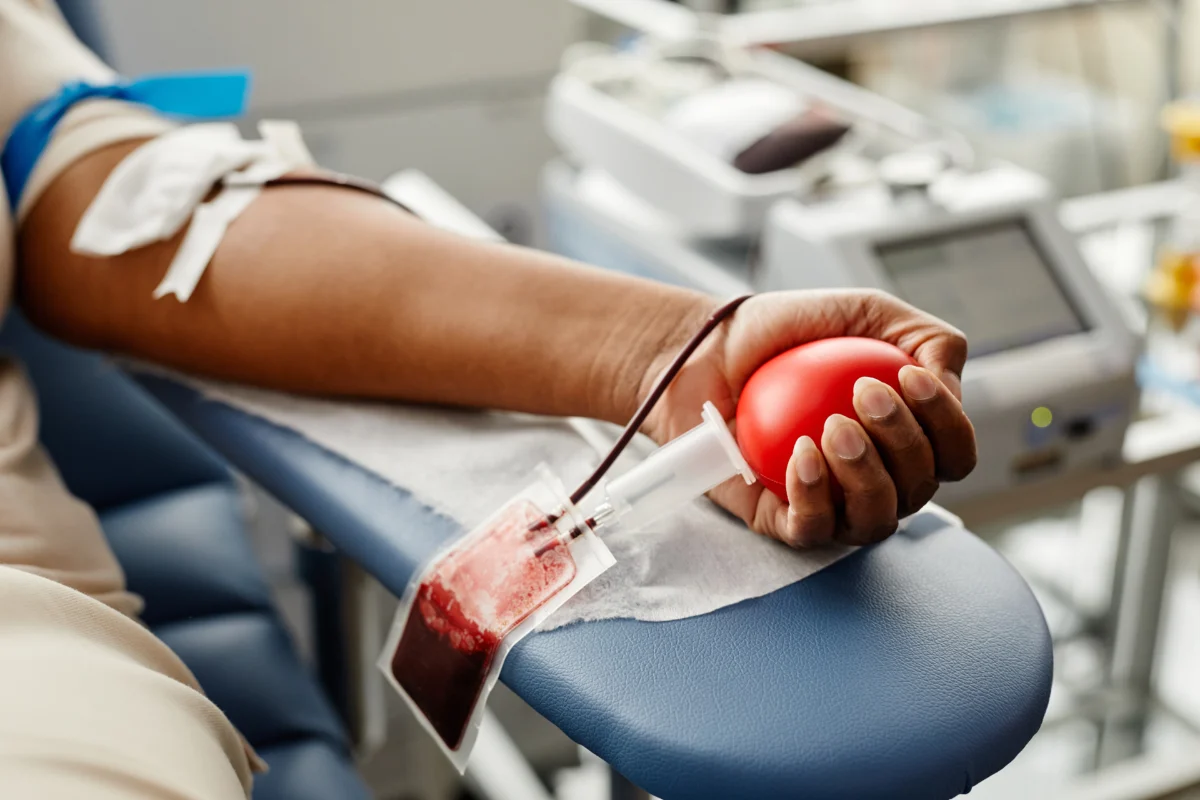Blog
Individual Oral Presentations in Healthcare Education

This is individual oral presentations in healthcare education – probably the most dreaded skill you’ll use almost daily for the rest of your career. Individual oral presentations are a big part of training across healthcare fields. Medical students do them during clinical rotations. Nursing students present patient cases and care plans. Pharmacy students deliver presentations about drug interactions and treatment protocols. Physical therapy programs have students demonstrate techniques while explaining the reasoning behind them. The format changes depending on your field, but the core remains: you need to verbally communicate patient information or clinical knowledge in a clear, organized way while people evaluate how well you’re doing it.
These presentations happen individually – meaning you’re up there alone, without teammates to share the burden or cover for you if you forget something. That’s both terrifying and the entire point. Healthcare professionals need to communicate clinical information solo all the time, so programs train this skill hard despite how uncomfortable it makes students.
These Aren’t Your Regular College Presentations
Forget everything you learned about presentations in your undergrad communications class. Individual oral presentations in healthcare operate under completely different rules. You’re not trying to persuade anyone to buy a product or appreciate a historical figure. You’re conveying clinical information that will directly affect patient care decisions. The presentations are short – brutally short. Most programs expect you to present a new patient case in 5-7 minutes, sometimes less. Surgical specialties might give you 2-3 minutes. That’s not much time when you’re trying to cover a patient’s medical history, current symptoms, physical exam findings, lab results, your assessment, and your proposed plan. Every word needs to count. You can’t just read from your notes either. Faculty spot that immediately and it tanks your evaluation. The presentation needs to flow naturally, like you’re explaining a case to a colleague rather than reciting memorized facts. But you also can’t wing it completely – miss a crucial detail and your attending will stop you mid-presentation to ask why you left out information that’s obviously relevant to the diagnosis.
Why Programs Keep Forcing Students Through This
Patient communication sits at the top of the list. A doctor who writes flawless progress notes but can’t explain a diagnosis to a scared patient face-to-face isn’t much use in actual practice. Same goes for nurses who need to educate families about post-discharge care, or pharmacists counseling patients about new medications. When you present to your clinical team, you’re practicing the same skills you’ll need when explaining treatment options to patients. You’re learning to gauge your audience – can they follow medical terminology, or do you need to simplify? Are they getting confused? Do you need to slow down or provide more context? These small adjustments happen in real-time during presentations, just like they will during patient encounters. Critical thinking under pressure gets developed whether you want it to or not. Attendings ask unexpected questions during presentations. “What if this patient has renal insufficiency?” “How would you modify the dose for someone 85 years old?” You can’t pause to google answers. You pull from what you know, connect concepts you’ve learned, and construct a reasonable response on the spot.
The Specific Skills You’re Actually Building
Translating complex information for different audiences becomes second nature after dozens of these presentations. You explain the same condition differently depending on who’s listening. Your attending wants pathophysiology and evidence-based treatment rationale. A first-year medical student needs more basic explanation. The patient’s family needs it in plain language without medical jargon. Information synthesis is harder than it sounds. You’ve got a patient chart that’s 47 pages long. You need to pull out the relevant pieces, organize them logically, and present them in under 7 minutes while telling a coherent story that leads your listeners to the same diagnostic conclusion you reached. What’s relevant? What’s just noise?
Students struggle with this initially because they want to include everything they know. That 20-year-old appendectomy probably doesn’t matter for the current pneumonia case, but the patient’s COPD diagnosis absolutely does. Learning what to include and what to skip requires judgment that only develops through practice and feedback.
What Actually Happens When You’re Doing These
The preparation mental health everyone out. You can’t throw slides together the night before like maybe you got away with in undergrad. Healthcare faculty have decades of clinical experience – they spot superficial knowledge instantly when they start questioning you. Some students cope by over-preparing to the point of memorization. They write out every sentence and practice until they can recite it perfectly. This backfires when they get interrupted with questions mid-presentation and lose their place, or when they sound robotic and disengaged. Other students go too far in the opposite direction and try to wing it with minimal preparation.
The sweet spot is solid preparation that lets you speak naturally rather than reciting. You know your material well enough that you can start anywhere in the presentation if interrupted, answer questions that require you to jump forward or backward in the case, and adjust your level of detail based on audience reaction. The actual presentation feels like time moves strangely. Seven minutes sounds short until you’re standing there with everyone staring at you, trying to remember if you mentioned the patient’s surgical history yet. Your mouth goes dry. You talk too fast or too slow. You forget to make eye contact because you’re focused on getting through your notes.
Feedback You Get Afterwards Actually Helps
Written assignments usually come back with a grade and maybe a few comments. Oral presentation feedback tends to be more detailed and immediately actionable. Your attending tells you the specific moment you lost the audience – when you started listing every single medication with dosages before explaining why the patient was admitted. Classmates mention which parts of your presentation made sense and which parts confused them. This peer feedback matters because your classmates represent the same knowledge level you’ll be working with as a junior resident or new nurse. If they’re lost, you’re not pitching the information at the right level.
The Anxiety Serves a Purpose Even Though It’s Terrible
Public speaking anxiety is real and healthcare programs know it. Students shake visibly during early presentations. Some talk so fast their words blur together. A few freeze completely and need prompting to continue. Programs keep requiring presentations anyway because working through that anxiety in a classroom beats having it hit you for the first time when you’re explaining a terminal diagnosis to a patient’s family. The discomfort pushes you to prepare thoroughly. You can’t fake your way through when you know you’ll face detailed questioning. It teaches you to function while uncomfortable, which proves surprisingly useful in healthcare where you’ll regularly face emotionally difficult conversations, ethically complex situations, and high-pressure decisions.
Different Healthcare Fields Use Presentations Differently
Medical students present patient cases on rounds daily during clinical rotations. The format follows a standard structure – identifying information, history of present illness, past medical history, medications, allergies, physical exam, labs, assessment, and plan. Nursing students present differently. Their presentations often focus more on nursing interventions, patient education needs, and coordination of care rather than diagnostic reasoning. A nursing presentation about a post-surgical patient might spend more time on pain management, mobility goals, and discharge planning. Pharmacy students present cases about drug therapy problems, medication reconciliation issues, and pharmacokinetic adjustments. Their presentations typically focus on medication selection, dosing rationale, monitoring parameters, and patient counseling points.
Long-Term Professional Value You Don’t See Initially
Here’s what students don’t realize until they’re working: these presentation skills get used all the time throughout your career. You present cases at rounds. You explain treatment decisions to skeptical insurance reviewers. You teach medical students and residents. You present research at conferences. Every single one of those situations draws directly on skills built through those nerve-wracking student presentations. The ability to organize clinical information logically, present it clearly under time pressure, and answer challenging questions while keeping your composure – these become automatic after enough practice. Individual oral presentations aren’t going anywhere in healthcare education. They’re uncomfortable, stressful, and time-consuming to prepare for. They’re also one of the most effective ways to build communication skills that separate adequate healthcare providers from truly effective ones. The sweaty palms and nervous voice are temporary. The skills stick around for your entire career.

References
- Development and validation of the oral presentation evaluation scale (OPES) for nursing students – BMC Medical Education (2022)
- Overview and General Information about Oral Presentation – UCSD School of Medicine
- Developing Oral Case Presentation Skills: Peer and Self-Evaluations as Instructional Tools – PMC
- Teaching Oral Presentation Skills to Second-Year Medical Students – MedEdPORTAL
- How To Present a Patient: A Step-by-Step Guide – Student Doctor Network (2025)












